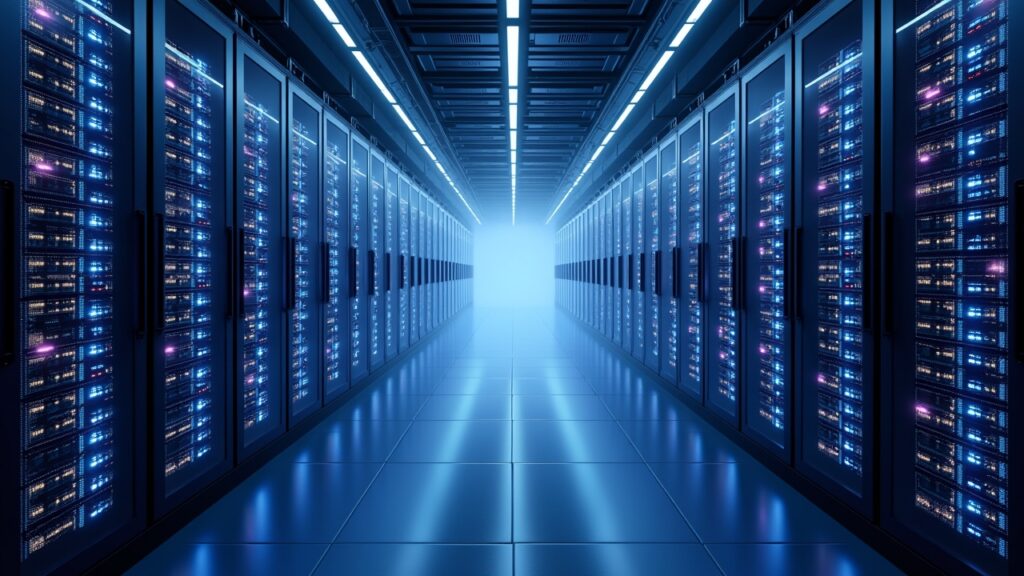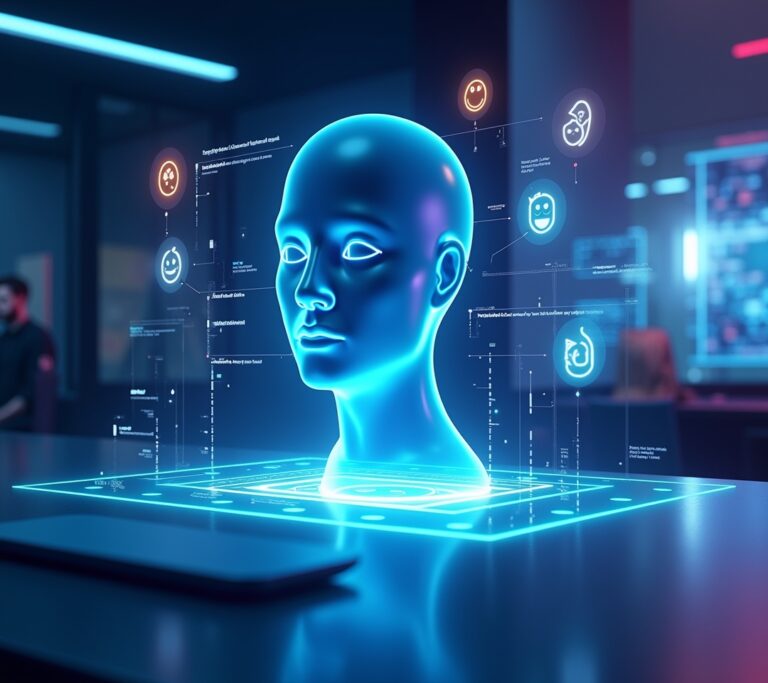Advertisements
Did you know that training a single large language model like GPT-4 requires the computational power equivalent to running 34,000 homes for an entire year? That statistic absolutely blew my mind when I first heard it! As someone who’s been fascinated by artificial intelligence for years, I’ve spent countless hours researching what actually happens behind the scenes when we create these incredible AI systems.
AI training data centers are basically the powerhouses that make modern artificial intelligence possible. These aren’t your typical server farms – they’re specialized facilities designed specifically for the massive computational demands of machine learning and neural network training.
What Makes AI Training Data Centers Different

I remember visiting my first traditional data center back in 2018, thinking I knew what to expect when I later toured an AI training facility. Boy, was I wrong! The difference hit me immediately – the sheer density of GPUs was overwhelming.
While regular data centers focus on storage and basic computing, AI training centers are built around massive parallel processing capabilities. They house thousands of specialized graphics processing units (GPUs) and tensor processing units (TPUs) that can handle the complex mathematical operations needed for deep learning. The cooling systems alone are engineering marvels because these chips generate incredible amounts of heat.
What really surprised me was learning that a single AI training cluster can cost upwards of $100 million to build and operate. Companies like OpenAI and Google have invested billions in these facilities.
The Infrastructure Behind AI Magic
Let me tell you about the time I tried to understand the networking requirements for these places. It was like trying to wrap my head around quantum physics! The interconnect speeds between processors need to be lightning-fast because AI models require constant communication between different parts of the neural network during training.
These data centers typically use high-bandwidth interconnects like InfiniBand or custom solutions that can handle terabits of data per second. The storage systems are equally impressive – they need to feed massive datasets to hungry AI models continuously. We’re talking about petabytes of training data that needs to be accessible instantly.
Power consumption is honestly terrifying. A large AI training run can consume as much electricity as a small city. That’s why many companies are now building their data centers near renewable energy sources or investing heavily in clean energy initiatives.
Real-World Applications and Challenges
I’ve seen firsthand how these centers are transforming industries. From training medical diagnostic AI that can spot cancer earlier than human doctors to developing autonomous vehicle systems, the applications are mind-boggling. Companies like NVIDIA have become household names largely because their hardware powers these training operations.
But here’s where things get tricky – and where I’ve made some mistakes in my early predictions. The environmental impact is significant. Training large language models can generate carbon emissions equivalent to flying round-trip between New York and San Francisco hundreds of times.
The talent shortage is real too. Finding engineers who understand both AI algorithms and data center operations is like searching for unicorns. I’ve watched companies struggle to hire qualified personnel, often poaching talent from competitors at astronomical salaries.
Cost Considerations That’ll Make Your Head Spin
When I first calculated the costs involved in AI training, I had to double-check my math three times. The numbers seemed impossible! A single training run for a large language model can cost anywhere from $1 million to $12 million in compute costs alone.
That’s before you factor in the facility costs, cooling, power, and personnel. It’s no wonder that only the biggest tech companies and well-funded startups can afford to train cutting-edge AI models from scratch. Most smaller companies end up using pre-trained models or cloud-based training services from providers like Amazon Web Services or Microsoft Azure.
The depreciation on hardware is brutal too – what costs millions today might be obsolete in two years as AI chip technology advances rapidly.
Looking Ahead: What’s Coming Next
The future of AI training data centers is both exciting and slightly scary. We’re seeing the emergence of specialized AI chips designed specifically for training, which could dramatically improve efficiency. Quantum computing integration is on the horizon, though that’s still mostly theoretical at this point.
Edge computing is starting to play a bigger role too. Instead of centralizing all training in massive data centers, we’re beginning to see distributed training across multiple smaller facilities. This approach can reduce latency and improve privacy, but it comes with its own set of challenges that I’m still wrapping my head around.
The Bottom Line on AI Training Infrastructure
AI training data centers represent one of the most significant infrastructure investments of our time. They’re enabling breakthroughs that seemed like science fiction just a few years ago, but they come with serious environmental and economic considerations that we can’t ignore.
As this technology continues to evolve, it’s crucial to balance innovation with sustainability and accessibility. The decisions made about these facilities today will shape the AI landscape for decades to come.
Want to dive deeper into the world of technology and AI? Check out more insightful articles at Tech Digest where we break down complex tech topics into digestible, real-world insights!




[…] dive deeper into the fascinating world of AI and emerging tech careers? Check out more insights and practical guides at Tech Digest, where we break down complex technology topics into digestible, actionable advice […]